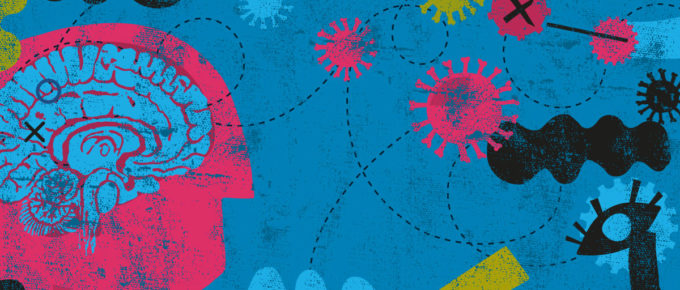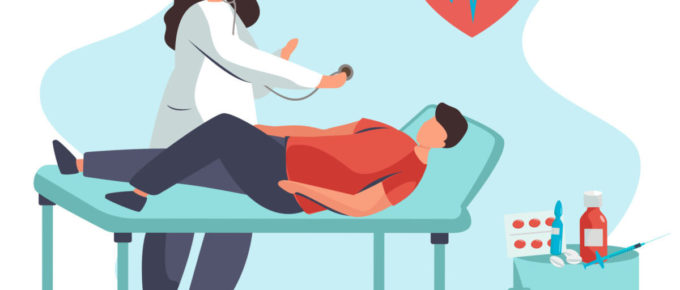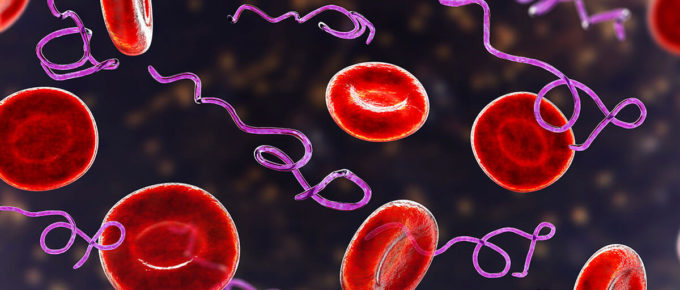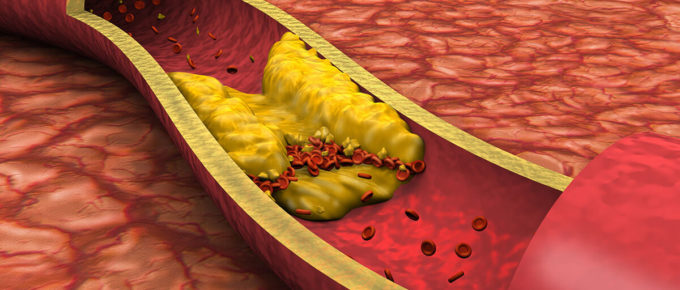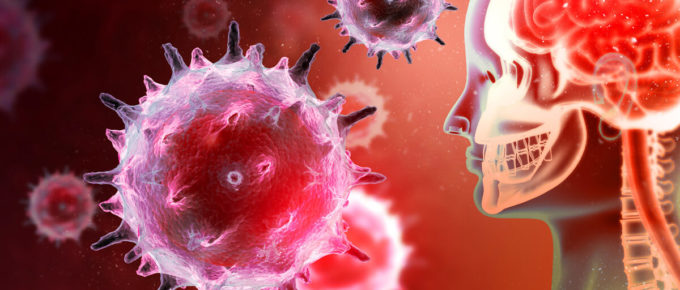Chronic infections, including Lyme disease, can affect every organ system in the body, including the endocrine system. When the body is under assault from a chronic infection, organ system function is …
What is Lyme Carditis?
Following a tick bite, the bacteria that cause Lyme disease (Borrelia) can spread to various organs and tissues in the body. When the heart becomes infected with Borrelia, the disease state is called …
Symptoms of Lyme Disease
Symptoms of Lyme disease can vary from person to person and typically manifest in multiple systems in the body. Neuropsychiatric symptoms such as anxiety, depression, and brain fog are quite common in …
Hypercoagulation in Lyme Disease
The human body has more than 60,000 miles of blood vessels. These arteries and blood vessels are much more than just plumbing for blood. Arteries deliver oxygen, nutrients, hormones, and growth …
Lyme Disease and Depression
Mood disorders and mental illness are common manifestations of Lyme disease and other tick-borne infections. In acute Lyme disease, cognitive impairment (what most refer to as brain fog) is a common …
Neurological Lyme Disease
The bacteria that cause Lyme disease and its associated infections can affect the central, peripheral and autonomic nervous systems. Lyme neuroborreliosis refers to central nervous system dysfunction …

